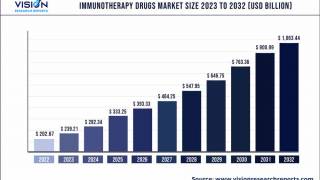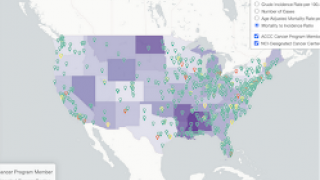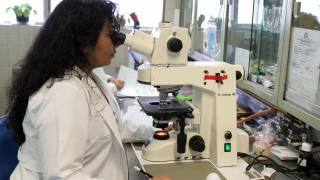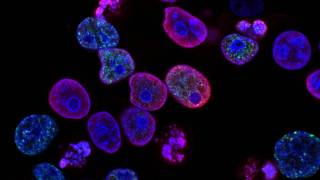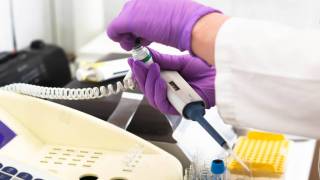Cervical Cancer in Millennial Women May Almost Disappear in the UK

Cervical cancer is probably the best understood and most preventable of all major human malignancies.
The progressive steps of this cancer, from human papillomavirus (HPV) infection, to pre-cancer progression, then cancer invasion, are well known.
Cervical cancer rates vary widely, inversely related to the effectiveness of prevention programmes, a new study reports.
This UK study found the greatest burden of cervical cancer, 90 percent, lies in low-resource communities that have neither vaccination nor screening programmes.
In The Lancet Public Health, Dr. Alejandra Castanon and colleagues used a health decision model to estimate cervical cancer incidence in England, UK.
Based on their analysis, these researchers forecast a 75 percent decrease in cervical cancer among young women for whom HPV vaccination is now the norm.
Additionally, cervical cancer deaths among those who were 17 years old or younger when the HPV program was first introduced in 2008, will virtually disappear.
But, there are continuing problems for older women who have never been vaccinated against the HPV.
Most women clear HPV from their system, but the HPV vaccine does not work well in women who have previously encountered HPV.
These researchers forecast that the diagnoses and deaths for the 50 to 64 year-old age group will increase by 62%, by 2040.
“The main reason for this rise is that the population is aging and women currently 25-40 will not benefit from HPV vaccination,” said Dr. Castanon from Queen Mary.
“And these women are in the age range where the likelihood of getting an HPV infection is quite high, particularly those having multiple sex partners.”
“Unfortunately, the risk of acquiring an HPV infection that will progress to cancer has increased in unvaccinated individuals born since 1960, suggesting that current screening coverage is not sufficient to maintain, much less reduce, cervical cancer incidence in the next 20 years,” said these researchers.
In an editorial related to this study, Dr. Nicolas Wentzensen and Dr. Mark Schiffman from the Division of Cancer Epidemiology and Genetics, National Cancer Institute, said ‘there is an argument for vaccinating women up to the age of 30 in developing countries, after a test to establish they are not infected with HPV.’
‘This change can help increase herd immunity, by reducing the amount of virus circulating in the community.’
Approximately 60 percent of women are infected at some time during their life with HPV, says the Centers for Disease Control and Prevention (CDC). In the USA, 12,578 women were diagnosed, and 4,115 women died from cervical cancer during 2014.
The FDA has approved two vaccines, Gardasil and Cervarix, to prevent infection from two high-risk HPV strains, which cause nearly 70 percent of cervical cancers.
According to the CDC, the total cost for the HPV series ranges between $390 to $450. Some vaccine providers also charge a fee to administer the shots. The CDC Vaccine Price Lists current vaccine contract prices.
Vaccine discounts can be found here.
Vaccines, like any medicine, can generate side effects, says the CDC. You are encouraged to report negative side effects of vaccines to the FDA or CDC.
Research funded by Cancer Research UK These researchers did not disclose any conflicts of interest: Alejandra Castanon, MDCorrespondence information about the author MD Alejandra Castanon, Rebecca Landy, PhD, Francesca Pesola, PhD, Peter Windridge, PhD, Prof Peter Sasieni, PhD. The commentary corresponding author is Dr. Nicolas WentzensenEmail the author Nicolas Wentzensen
Our Trust Standards: Medical Advisory Committee



